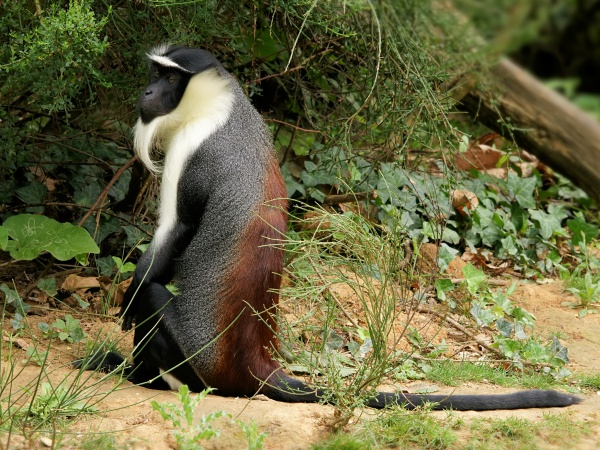Facts About Roloway monkey
The Roloway monkey, a critically endangered Old World primate, hails from the tropical forests of West Africa. Initially considered a subspecies of the Diana monkey, it gained recognition as a distinct species in 2005. These monkeys primarily inhabit the forests of Ghana and a few reserves in southeastern Côte d'Ivoire, with a significant population in the Tanoé forest.
Roloway monkeys are easily identifiable by their long beards, broad browbands, and striking white patches on their beards, chests, and throats. They also feature a reddish-orange patch on their backs. Their diet is diverse, encompassing insects, fruits, seeds, and flowers. They live in social groups of 15-30 individuals and can reach up to 20 years in the wild.
Regrettably, due to rapid habitat loss and hunting for bushmeat, their population has declined by over 50-80% in recent decades. They are now among Africa's most threatened primates. The Roloway monkeys' habitat is restricted to the old-growth, moist low-lying forests of eastern Ivory Coast and Ghana, where deforestation and agricultural expansion pose significant threats.
Conservation efforts are crucial to save the Roloway monkey from extinction. As their forest habitats continue to be destroyed, immediate action is essential to combat deforestation and hunting. The Roloway monkey is listed among "The World's 25 Most Endangered Primates" highlighting the urgent need for protective measures to ensure their survival.

 Ivory Coast
Ivory Coast